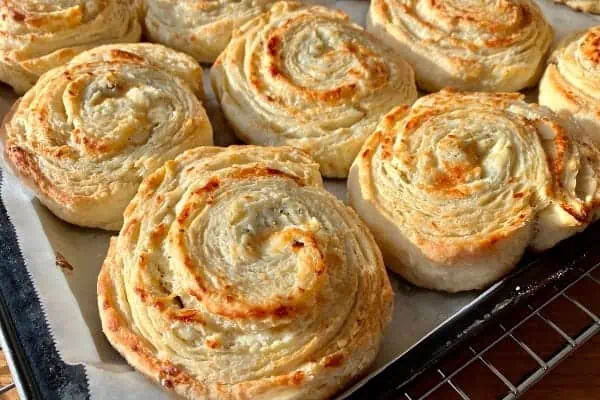In case your windows are too iced up to tell, it’s winter outside.
For brewers, nothing really says winter like a barleywine: it’s strong, intensely flavoured, and pairs beautifully with a wood fire, an old pair of slippers and a good book.
Lord of the Rings trilogy, anyone? (She said: The Girl with the Dragon Tattoo.)
Wait – a wine?
A lot of beer names are often initially misleading.
Pale ales aren’t always that pale, English bitters aren’t all that bitter, and milk stouts don’t actually have milk in them.
And here we are with barleywine, a beer that isn’t made with grapes. Do not fret: Beer Cache will explain.
Barleywine’s alcohol levels are more closely aligned with wine than with beer, hence the name: a wine-strengthed bevvy, but one made from barley.
Perhaps a tad unimaginative but, really, what else are you going to call a 10- or 12-percent beer?
It used to be said that out of all beers, only the barleywine yielded a complexity that rivalled that of wine.
Now that beer is being taken a lot more seriously, that honour is granted to many, many more ale, lager and lambic styles, but we’ll take the point that barleywine has something special that few beers – if any at all – have to offer.
History
Barleywine’s past is tied up with England’s brewing history and methods.
Long ago, English brewers used to use the parti-gyle method to produce their beers, which created two or more beers from a single mash.
(Think of making more than one pot of coffee from the same large portion of coffee beans. Same idea.)
The first runnings would be made into strong ale or barleywine, and the second runnings (and possibly third runnings) would be made into a ‘mild’ or a ‘small’ ale, with each batch becoming progressively weaker.
Style profile
Barleywine is a ‘big’ beer.
The word ‘barleywine’ is a bit of a catch-all term, but they’re always big in alcohol, big in flavour, and big in hops. In short, it’s the opposite of the transparent American Lager.
Typically, barleywines range from 8-12 per cent. They are full-bodied, rich beers, with huge malt aroma and flavour, balanced with a strong bitterness, as well as a firm hop flavour and aroma.
Well-aged examples are often described as malty, sherry-like and complex, with flavours of cherries, plums, raisins, prunes and caramel.
Serving amount
Because of the strength, barleywines are traditionally served in nips, which are one-third pint bottles.
They’re often poured into small glasses, frequently a snifter, and sipped – like a wine. And, like a good glass of wine, it’s one to savour.
Where to look
By road, you’ve got both Skagway Brewing Co. and Haines Brewing Co. offering up fantastic examples, as well as selections at the AK liquor stores.
If you’re leaving on a jet plane, Vancouver and Edmonton-based brewers locally produce great barleywines, so keep your eyes open while travelling.
Or, if you know someone coming up to visit you, you might suggest they pay a visit to the liquor store first.
A few examples
With names like Old Cellar Dweller, Old Crustacean, Olde Gnarly Wine, and Devil’s Milk, they’re hard to miss.
One of our all time faves is Stone Brewing’s Old Guardian, so make sure you are lurking around a liquor store on February 14, when this year’s vintage will be released.
Just in time to enjoy a Valentine’s Day nip with that someone special.
(He said: Really?? The Girl with the Dragon Tatoo?)
See you there. Please enjoy this article responsibly.




